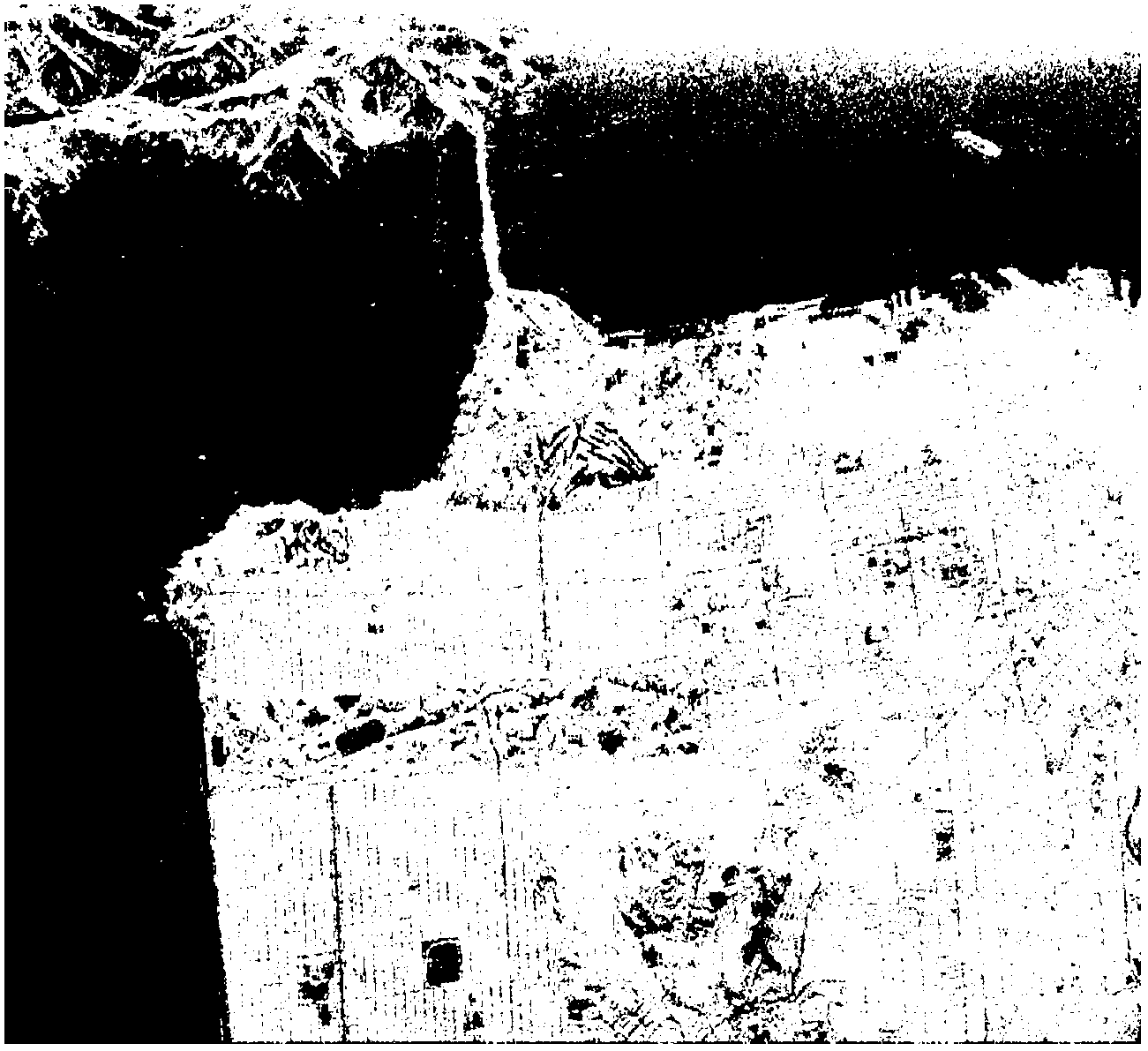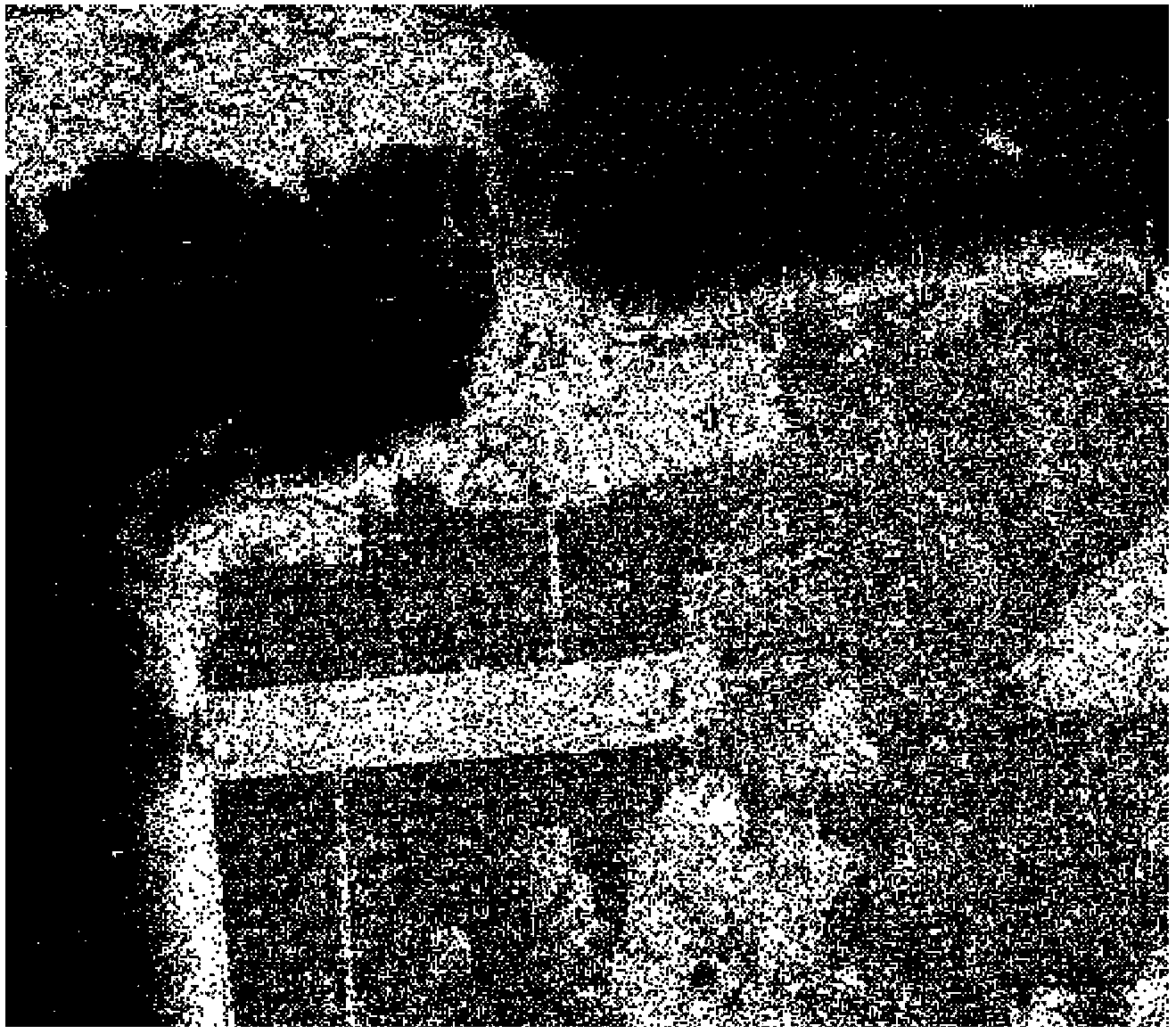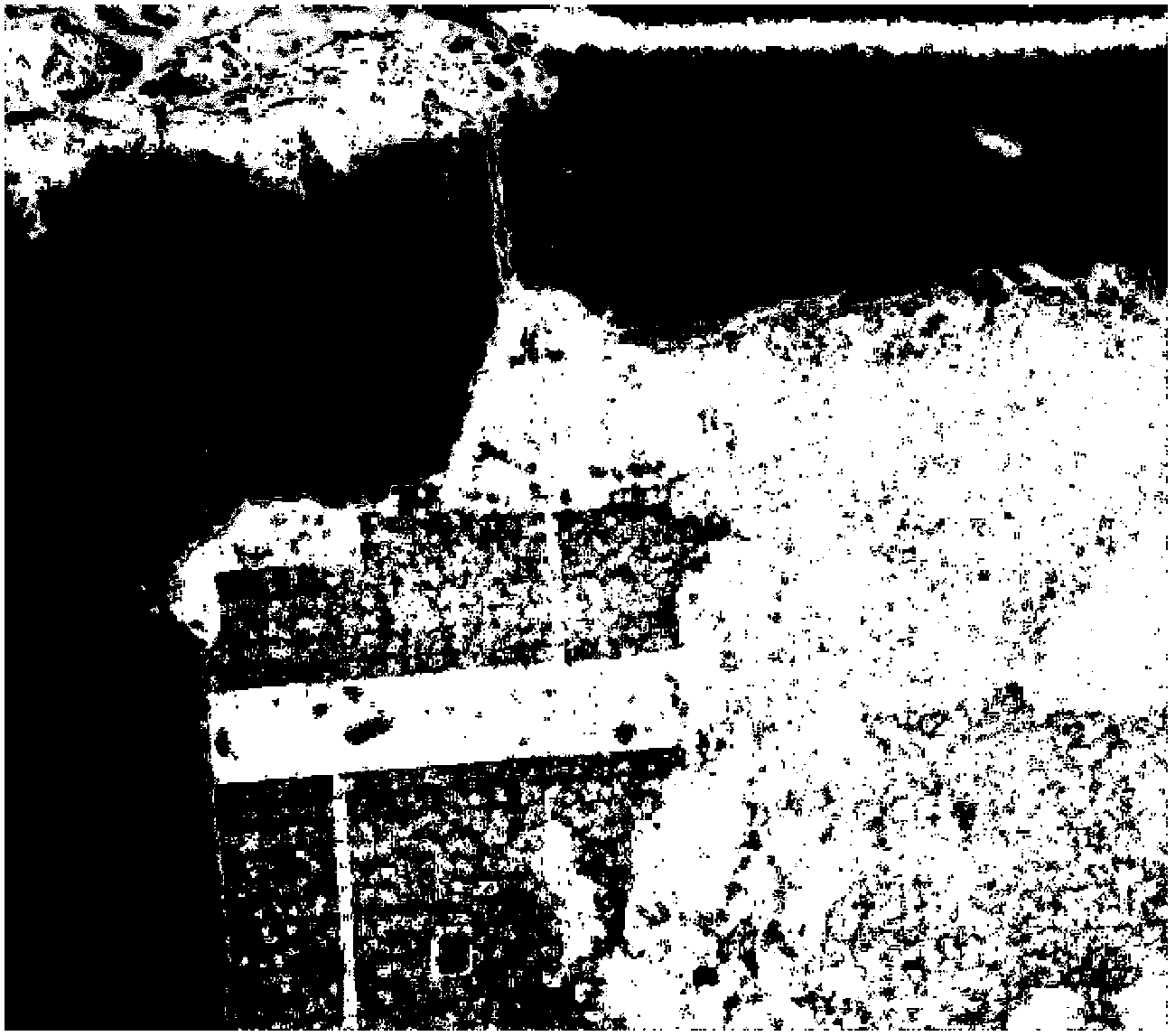Method for classifying polarimetric SAR (synthetic aperture radar) images on the basis of Freeman decomposition and spectral clustering
A classification method and spectral clustering technology, which is applied in the field of polarimetric SAR image classification based on Freeman decomposition and spectral clustering algorithm, can solve the problems of hindering the performance of the algorithm, unbearable amount of calculation and storage, and decreased stability of image segmentation, etc. question
- Summary
- Abstract
- Description
- Claims
- Application Information
AI Technical Summary
Problems solved by technology
Method used
Image
Examples
Embodiment Construction
[0048] refer to figure 1 , the specific implementation steps of the present invention are as follows:
[0049] Step 1, filter the polarimetric SAR image to be classified.
[0050] Select a polarimetric SAR image to be classified, the size is R×Q, and filter the polarimetric SAR image to be classified to remove speckle noise. The filtering methods that can be used include polarization whitening filter, box car filter, refined polarization LEE Filtering and filtering methods based on non-supervised classification, etc., the filtering method adopted in the present invention is the refined polarization LEE filtering method, and the size of the filtering window is 7×7.
[0051] Step 2: Perform Freeman decomposition on the coherence matrix T of each pixel in the filtered polarimetric SAR image to obtain the volume scattering power P of each pixel v , dihedral scattered power P d and surface scattered power P s .
[0052] (2a) Read in each pixel of the filtered image, these pixe...
PUM
 Login to View More
Login to View More Abstract
Description
Claims
Application Information
 Login to View More
Login to View More - R&D
- Intellectual Property
- Life Sciences
- Materials
- Tech Scout
- Unparalleled Data Quality
- Higher Quality Content
- 60% Fewer Hallucinations
Browse by: Latest US Patents, China's latest patents, Technical Efficacy Thesaurus, Application Domain, Technology Topic, Popular Technical Reports.
© 2025 PatSnap. All rights reserved.Legal|Privacy policy|Modern Slavery Act Transparency Statement|Sitemap|About US| Contact US: help@patsnap.com



